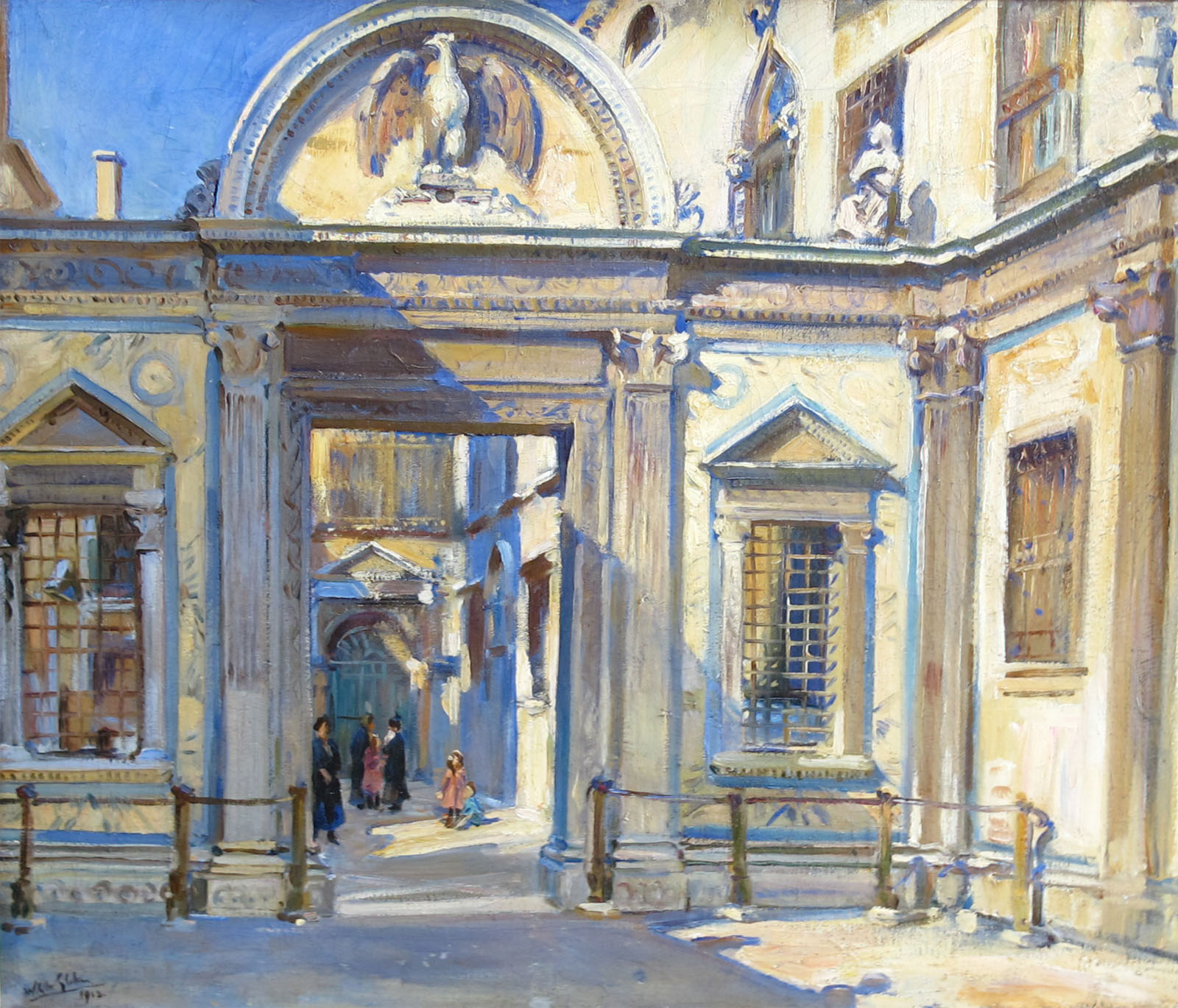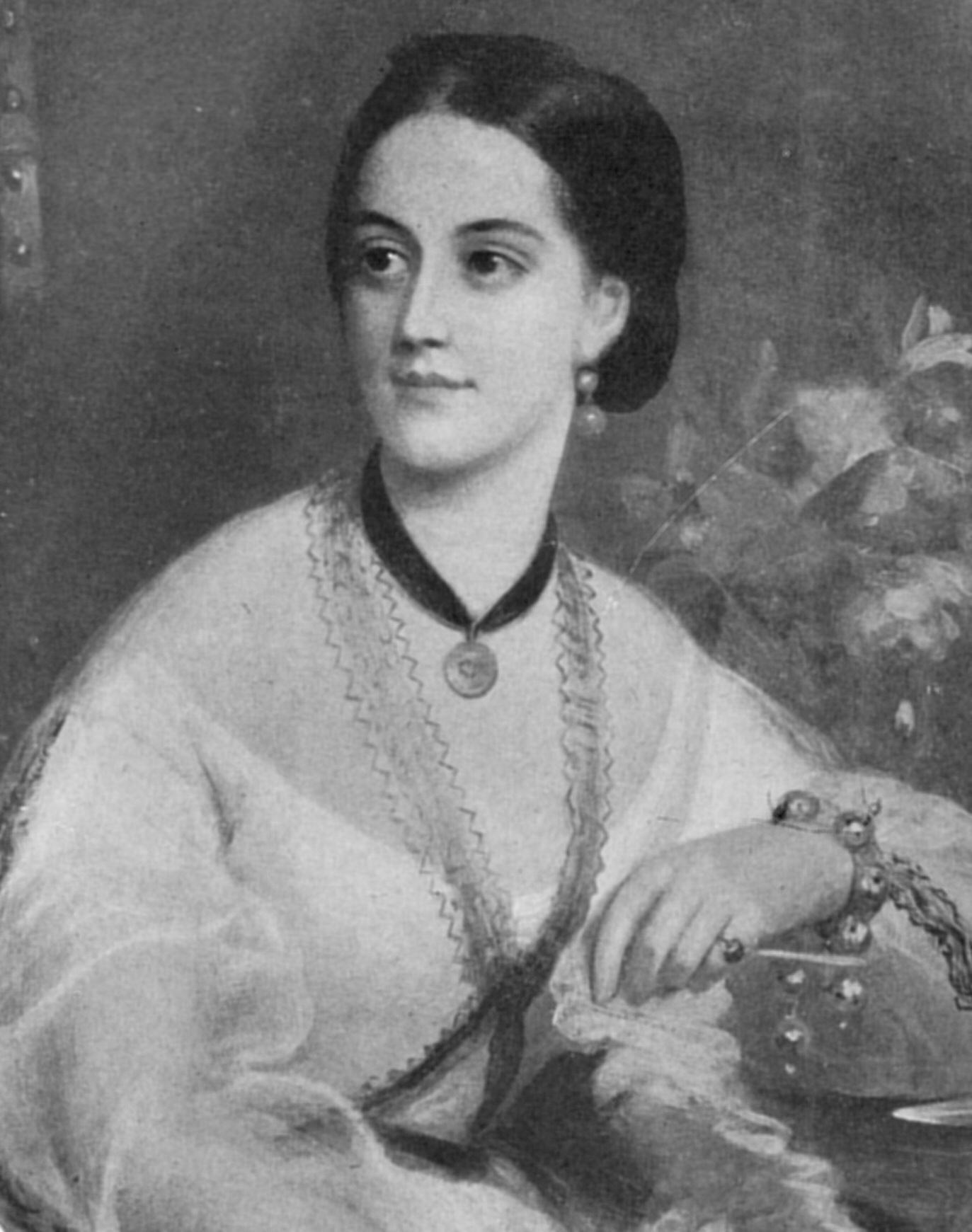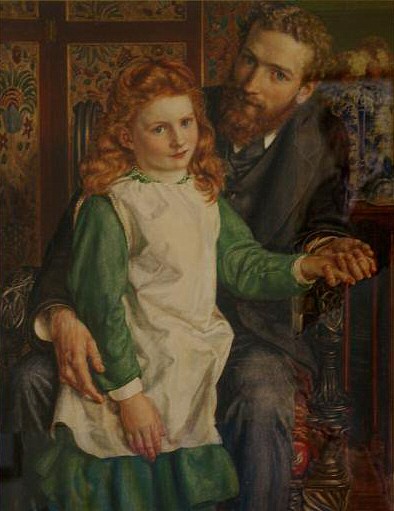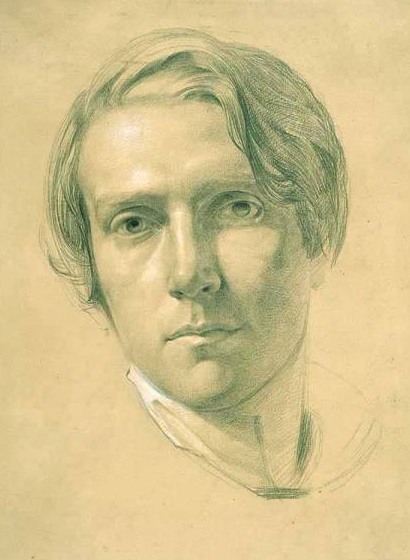|
Sir Herbert Richmond
Admiral Sir Herbert William Richmond, (15 September 1871 – 15 December 1946) was a prominent Royal Navy officer, described as "perhaps the most brilliant naval officer of his generation." He was also a top naval historian, known as the "British Mahan", the leader of the British Royal Navy's intellectual revolution that stressed continuing education especially in naval history as essential to the formation of naval strategy. After serving as a "gadfly" to the British Admiralty, his constructive criticisms causing him to be "denied the role in the formation of policy and the reformations of naval education which his talents warranted", he served as Vere Harmsworth Professor of Imperial and Naval History at Cambridge University from 1934 to 1936, and Master of Downing College, Cambridge from 1934 to 1946. Personal life Richmond was the second son of artist Sir William Blake Richmond, son of the portrait painter George Richmond. In July 1907 he married Florence Elsa, elder dau ... [...More Info...] [...Related Items...] OR: [Wikipedia] [Google] [Baidu] |
Wilfrid De Glehn
Wilfrid Gabriel de Glehn (sometimes 'Wilfried') (1870 – 11 May 1951) was an Impressionist British painter, elected to the Royal Academy in 1932. Biography De Glehn's father was Alexander de Glenn of Sydenham, London, himself the son of Robert von Glehn, a Baltic baron with estates near Tallinn in Estonia, who had become a naturalised British subject following his marriage to a Scottish woman. Wilfrid's mother was French. Louise Creighton, a women's rights activist and author, and Alfred de Glehn, a French steam locomotive designer, were Alexander's sister and brother. Wilfried von Glehn (he changed his name in May 1917) was born in Sydenham, south-east London. After schooling at Brighton College with his brother Louis, he studied art briefly at the Royal Academy Schools in South Kensington before going on to the École des Beaux-Arts in Paris, where for a time he lived with his French cousin, the artist Lucien Monod (1867-1957). In 1891 was hired by Edwin Austin Abbey a ... [...More Info...] [...Related Items...] OR: [Wikipedia] [Google] [Baidu] |
British Admiralty
The Admiralty was a department of the Government of the United Kingdom responsible for the command of the Royal Navy until 1964, historically under its titular head, the Lord High Admiral – one of the Great Officers of State. For much of its history, from the early 18th century until its abolition, the role of the Lord High Admiral was almost invariably put "in commission" and exercised by the Lords Commissioner of the Admiralty, who sat on the governing Board of Admiralty, rather than by a single person. The Admiralty was replaced by the Admiralty Board in 1964, as part of the reforms that created the Ministry of Defence and its Navy Department (later Navy Command). Before the Acts of Union 1707, the Office of the Admiralty and Marine Affairs administered the Royal Navy of the Kingdom of England, which merged with the Royal Scots Navy and the absorbed the responsibilities of the Lord High Admiral of the Kingdom of Scotland with the unification of the Kingdom of Great ... [...More Info...] [...Related Items...] OR: [Wikipedia] [Google] [Baidu] |
Naval Review (magazine)
''The Naval Review'' was first published in February 1913 by a group of eight Royal Navy officers. They had formed a naval society "to promote the advancement and spreading within the service of knowledge relevant to the higher aspects of the naval profession" in 1912. The eight founders were *Captain Herbert Richmond *Commander Kenneth Dewar *Commander the Hon. Reginald Plunkett *Lieutenant Roger Bellairs *Lieutenant T. Fisher *Lieutenant Henry Thursfield *Captain Edward Harding Captain is a title, an appellative for the commanding officer of a military unit; the supreme leader of a navy ship, merchant ship, aeroplane, spacecraft, or other vessel; or the commander of a port, fire or police department, election precinct, e ... *Admiral William Henderson (Honorary Editor) The ''Naval Review'' is the journal of professional record of the Royal Navy. The Royal Navy and ''Naval Review'' - an independent journal whose charitable purposes are to serve the interests of the Royal ... [...More Info...] [...Related Items...] OR: [Wikipedia] [Google] [Baidu] |
HMS Vernon (shore Establishment)
HMS ''Vernon'' was a shore establishment or "stone frigate" of the Royal Navy in Portsmouth. ''Vernon'' was established on 26 April 1876 as the Royal Navy's Torpedo Branch also known as the Torpedo School, named after the ship which served as part of its floating base. After the First World War, HMS ''Vernon'' moved ashore, taking over the Gunwharf site, where it continued to operate until 1 April 1996, when the various elements comprising the establishment were split up and moved to different commands. Foundation and early history The second ship to be called ended her career laid up in Chatham Dockyard as a floating coaling jetty. In 1872 she was moved to become a tender to for torpedo and mining training. In 1874 she was joined by , an iron screw torpedo vessel. ''Vesuvius'' was attached as an Experimental Tender for the conduct of torpedo trials, and remained in the role until 1923. On 26 April 1876 ''Vernon'' was joined by the former steam frigate and the lighter ''Fl ... [...More Info...] [...Related Items...] OR: [Wikipedia] [Google] [Baidu] |
War Of The Austrian Succession
The War of the Austrian Succession () was a European conflict that took place between 1740 and 1748. Fought primarily in Central Europe, the Austrian Netherlands, Italy, the Atlantic and Mediterranean, related conflicts included King George's War in North America, the War of Jenkins' Ear, the First Carnatic War and the First Silesian War, First and Second Silesian Wars. Its pretext was the right of Maria Theresa to succeed her father Emperor Charles VI as ruler of the Habsburg monarchy. Kingdom of France, France, Kingdom of Prussia, Prussia and Electorate of Bavaria, Bavaria saw it as an opportunity to challenge Habsburg power, while Maria Theresa was backed by Kingdom of Great Britain, Britain, the Dutch Republic and Electorate of Hanover, Hanover, collectively known as the Pragmatic Sanction of 1713, Pragmatic Allies. As the conflict widened, it drew in other participants, among them History of Spain (1700–1810), Spain, Kingdom of Sardinia, Sardinia, Electorate of Saxony, S ... [...More Info...] [...Related Items...] OR: [Wikipedia] [Google] [Baidu] |
Julian Corbett
Sir Julian Stafford Corbett (12 November 1854 at Walcot House, Kennington Road, Lambeth – 21 September 1922 at Manor Farm, Stopham, Pulborough, Sussex) was a prominent British naval historian and geostrategist of the late 19th and early 20th centuries, whose works helped shape the Royal Navy's reforms of that era. One of his most famous works is ''Some Principles of Maritime Strategy'', which remains a classic among students of naval warfare. Corbett was a good friend and ally of naval reformer Admiral John "Jacky" Fisher, the First Sea Lord. He was chosen to write the official history of British Naval operations during World War I. Early life and education The son of a London architect and property developer, Charles Joseph Corbett, who owned among other properties Imber Court at Weston Green, Thames Ditton, where he made the family home, Julian Corbett was educated at Marlborough College (1869–73) and at Trinity College, Cambridge (1873–76), where he took a f ... [...More Info...] [...Related Items...] OR: [Wikipedia] [Google] [Baidu] |
John Fisher, 1st Baron Fisher
John Arbuthnot Fisher, 1st Baron Fisher, (25 January 1841 – 10 July 1920), commonly known as Jacky or Jackie Fisher, was a British Admiral of the Fleet. With more than sixty years in the Royal Navy, his efforts to reform the service helped to usher in an era of modernisation which saw the supersession of wooden sailing ships armed with muzzleloader, muzzle-loading cannon by steel-hulled battlecruisers, submarines and the first aircraft carriers. Fisher has a reputation as an innovator, strategist and developer of the navy rather than as a seagoing admiral involved in major battles, although in his career he experienced all these things. When appointed First Sea Lord in 1904 he removed 150 ships then on active service which were no longer useful and set about constructing modern replacements, developing a modern fleet prepared to meet German Empire, Germany during the First World War. Fisher saw the need to improve the range, accuracy and rate-of-fire of naval gunnery, and be ... [...More Info...] [...Related Items...] OR: [Wikipedia] [Google] [Baidu] |
Cape Of Good Hope Station
The Commander-in-Chief, Africa was the last title of a Royal Navy's formation commander located in South Africa from 1795 to 1939. Under varying titles, it was one of the longest-lived formations of the Royal Navy. It was also often known as the Cape of Good Hope Station. History From 1750 to 1779 the Cape of Good Hope became strategically important due to the increasing competition between France and Great Britain for control of the seas. In 1780 Holland joined the American Revolutionary War in alliance with France and Spain against Great Britain; the British Government were aware of the consequences should the Cape of Good Hope fall and the impact it would have on its trade links with India and put a plan into place to capture the Cape and circumvent its use by the enemy. The first attempt was subject to prolonged delays and the fact that the French were able to reinforce their defences enabled them to successfully defend it from the British attack. From 1781 to 1791 various att ... [...More Info...] [...Related Items...] OR: [Wikipedia] [Google] [Baidu] |
Gertrude Bell
Gertrude Margaret Lowthian Bell, CBE (14 July 1868 – 12 July 1926) was an English writer, traveller, political officer, administrator, and archaeologist. She spent much of her life exploring and mapping the Middle East, and became highly influential to British imperial policy-making as an Arabist due to her knowledge and contacts built up through extensive travels. During her lifetime, she was highly esteemed and trusted by British officials such as High Commissioner for Mesopotamia Percy Cox, giving her great influence. She participated in both the 1919 Paris Peace Conference (briefly) and the 1921 Cairo Conference, which helped decide the territorial boundaries and governments of the post-War Middle East as part of the partition of the Ottoman Empire. Bell believed that the momentum of Arab nationalism was unstoppable, and that the British government should ally with nationalists rather than stand against them. Along with T. E. Lawrence, she advocated for independe ... [...More Info...] [...Related Items...] OR: [Wikipedia] [Google] [Baidu] |
Thomas Hugh Bell
Sir Thomas Hugh Bell, 2nd Baronet, (10 February 1844 – 29 June 1931) was an English industrialist, landowner, Justice of the Peace, and administrator. A Deputy Lieutenant of County Durham, he was High Sheriff of Durham in 1895 and Lord Lieutenant of the North Riding of Yorkshire from 1906 to 1931.''Burkes Peerage'' volume 1 (2003), page 331 He joined his family firm, Bell Brothers, and became director of its steelworks at Middlesbrough. Early life The son of Isaac Lowthian Bell, when he was eighteen the young Bell was required by his father to work at the family's Bell Brothers Ironworks at Walker, Newcastle upon Tyne, but he was later educated at Edinburgh, the Sorbonne in Paris, and in Germany. Career After joining the family firm, Bell Brothers, Bell was made the director of the family's large factory, the steelworks at Middlesbrough. He also served as mayor of Middlesbrough three times – in 1874, 1883 and 1911. He was, like his father, a director of the North Easte ... [...More Info...] [...Related Items...] OR: [Wikipedia] [Google] [Baidu] |
Florence Bell (writer)
Dame Florence Eveleen Eleanore, Lady Bell, (née Olliffe; 9 September 1851 - 16 May 1930) was a British writer and playwright. Biography Bell was born in Paris, France in 1851, the youngest of four children of Irish-born Joseph Francis Olliffe (later Sir Joseph Olliffe) and Laura Cubitt. She was the second wife of Sir Hugh Bell, 2nd Baronet Bell of Rounton Grange, and was styled Lady Bell. The couple had three children: * Hugh Lowthian Bell (21 October 1878 – 2 February 1926) * Florence Elsa Bell (c. 1880 – 3 May 1971, married Admiral Sir Herbert Richmond) * Mary Katherine Bell, OBE (c. 1882 - 8 October 1966, married Charles Philips Trevelyan) Bell was the stepmother to her husband's children from his first marriage: British explorer and key political figure in the Middle East, Gertrude Bell (1868–1926) and Maurice, 3rd Baronet (1871–1944). In 1918 she was appointed as Dame Commander of the Order of the British Empire (DBE). She died on 16 May 1930 at her home, 9 ... [...More Info...] [...Related Items...] OR: [Wikipedia] [Google] [Baidu] |
George Richmond (painter)
George Richmond (28 March 1809 – 19 March 1896) was an English painter and portraitist. In his youth he was a member of The Ancients, a group of followers of William Blake. Later in life he established a career as a portrait painter, which included painting the portraits of the British gentry, nobility and royalty. He was the son of Thomas Richmond, miniature-painter, and was the father of the painter William Blake Richmond as well as the grandfather of the naval historian, Admiral Sir Herbert Richmond. A keen follower of cricket, Richmond was noted in one obituary as having been "an habitué of Lord's since 1816". Life Early life George was born at Brompton, then a country village, on 28 March 1809. His mother, Ann Richmond, came of an Essex family named Oram, and was a woman of great beauty and force of character. His brother Thomas Richmond was also a portrait artist. One of his earliest recollections was the sight of the lifeguards marching to the cavalry barra ... [...More Info...] [...Related Items...] OR: [Wikipedia] [Google] [Baidu] |






